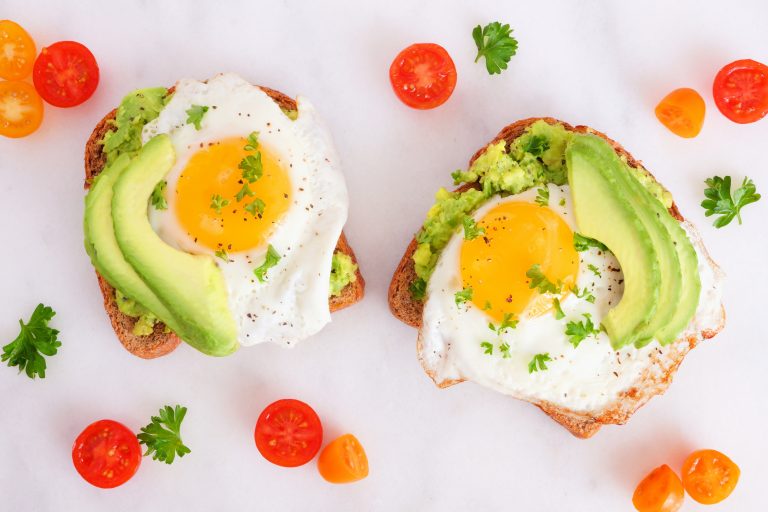From an immunity perspective, sugar has been shown to diminish the ability of white blood cells to engulf and delete unwanted compounds. This effect occurs within less than thirty minutes after consuming the sugar and lasts for over five hours. If you, like me, enjoy baking or sweetened yogurt, there are several natural calorie and naturally sugar-free alternatives that have great flavor. But first, let’s make sure you understand how to decipher how much sugar is in a product.
Understanding Sugar on the Label
1 teaspoon of sugar has 4 g of sugar. So, if the label says “12 g sugar per serving,” that equals 3 teaspoons of sugar. (12 g ÷ 4 = 3 tsp)
Sugar Alternatives
Fortunately, there are very good, natural sugar-free sweetener substitutes. Most of my students find these sweeteners work best when used in combination with each other or with natural sugar. This is especially true for baking. Experiment with a small amount the first time you try a new sweetener. Your preference for a sweet flavor is partly determined by your genetic makeup. What tastes pleasantly sweet to one person, may taste awful to another. I have a daughter who gets a chemical flavor when she consumes anything with stevia. Whenever possible, sample a friend’s sweetener before purchasing an entire container. Some people with digestive issues may find that a product causes gas and bloating. The natural sweetener stevia is intensely sweet and may send the wrong signals to your cells. If you use it, combine stevia with one of the more subtle sweeteners, such as monk fruit or erythritol, or use a pre-mixed blend.
Products I Love:
• So Nourished Monk Fruit Erythritol Blend
• Lakanto Monk Fruit Sweetener (Golden) with erythritol
• Dragon Herbs Sweetfruit Drops
• NOW Real Food Organic Monk Fruit Liquid
• Whole Earth Sweetener Co Stevia Leaf and Monk Fruit
For natural sugars, small amounts of these are flavorful choices, but you’ll want to be careful because they do have fructose and calories,
and can increase blood sugar:
• Raw honey
• Maple syrup or powder
• Longan (whole dried fruit)
• Molasses
Product I Love:
• Coombs Family Farms Pure Organic Maple Sugar
Typically, when I’m baking, I use a small amount of brown sugar, plus Lakanto monk fruit sweetener or another blend, such as So Nourished Monk Fruit Erythritol Blend. For other preparations, I often combine liquid monk fruit extract with a blend. If more flavor is needed, a small amount of maple syrup or maple granules do the trick.
Longan adds a wonderful flavor along with its subtle sweetness. It has a rich history among the Chinese who used it to build energy,
calm the mind, add luster to the skin, promote deep refreshing sleep, increase circulation, and warm your hands and feet. I like to add it to the water I boil for tea or put it into a pot of oatmeal while it’s cooking. The longan can then be consumed along with the oatmeal.
I hope you now see, that there are ways to bake healthier treats and satisfy your sweet cravings without adding too much sugar, just the natural goodness of alternative sweeteners.




I first heard about you with your interview on WJR this morning.
I follow Dr. Mercola’s website and have books written by Dr. Gundry, Dr. Bredensen, Dr. Masley and Dr. Ax. and Dr. Mercola. So I will be very interested in your information.
Thanks Theodore. I will continue to post more immunity information starting today. Enjoy!